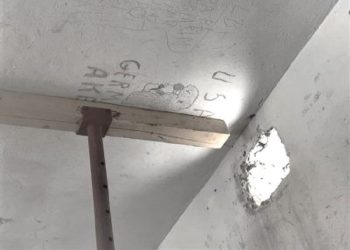Dashnor Kaloçi
Memorie.al publishes the testimony of the researcher and collector Artan Lame, regarding the accusations made against King Zog by the communist regime before the ’90s for “the devaluation of gold and the artificial growth of paper banknotes”, in order for him to then collect the gold he took with him when he left Albania. The testimony of Mr. Lame states that: “The increase in the value of paper banknotes, in exchange for gold coins, has really happened, but it is a technical problem that was made by the Ministry of Finance of the Albanian government and the National Bank in 1926 and has nothing to do with it. with the gold that King Zog is said to have taken with him in 1939 ”.
One of the many accusations made by the official propaganda of the communist regime of Enver Hoxha towards King Zog was that: “Satrap Ahmet Zogolli devalued gold and artificially increased the value of paper banknotes in order to collect then the gold he took with him when he left Albania on April 7, 1939 ”. The older generation of Albanians who lived through almost the entire period of the communist regime before the 1990s remember very well this accusation attributed to King Zog, which was often repeated in their conversations when it was about the period of the Monarchy and the King of the Albanians himself. But even though this accusation was deeply ingrained in the historical memory of an entire generation of Albanians, it was never officially written in the various textbooks of history books, or those of the Academy of Sciences and various educational and scientific institutions of Albania of that time. So, in a word, the accusation that: “King Zog devalued gold and increased the value of paper banknotes, and then collected the gold of Albanians”, remained merely a propaganda accusation of that regime for public consumption. But what is the truth about this accusation, did King Zog really collect the gold of the Albanians in exchange for the paper banknote, raising its value several times artificially? Why this accusation against him, unlike other accusations attributed to him, such as: “Satrap, bloodthirsty, criminal, sold St. Naum, a murderer of his political opponents”, etc., was never written in the official historiography of the communist regime of Enver Hoxha? But even though the accusation of “gold depreciation” made to King Zog has taken place with the popular memory of Albanians for nearly half a century, none of the finance specialists, well-known economists or scholars, and historians of that period do not claim that to be true. To get more accurate information on the problem of “gold depreciation”, we turned to Mr. Artan Lame, (former Deputy Mayor of Tirana, Deputy Minister of Territorial Regulation and currently Director of ALUIZN), who in addition to being a researcher and a good connoisseur of history, is also considered one of the most passionate collectors, where he also has old Albanian banknotes in his collections.
Artan Lames’ testimony of “gold depreciation” by Zogu
Regarding the accusation made against King Zog during the years of Enver Hoxha’s communist regime that he devalued gold by artificially increasing the value of the paper banknote, Mr. Lame, among other things, states: “As a start, I am telling you that this accusation against King Zog has no basis, it does not stand at all and it is entirely a propaganda fabrication of that regime that ruled the country until years ago.” 90s, but due to circumstances that are already known, it has remained in the popular memory of Albanians as a real thing. The increase in the value of the paper banknote in exchange for gold coins has indeed taken place, but it is a technical problem made by the Albanian government’s Ministry of Finance and the National Bank in 1926 and has nothing to do with the gold reportedly received. with him King Zog in 1939. In the early 1920s, the new Albanian government from the Lushnja Congress, which established its headquarters in Tirana, came under a very difficult economic and financial situation, as it was getting worse day by day. the issue of the national currency which was completely absent. This was due to the fact that during the period of the First World War and the occasional occupations that Albania had gone through, it had become possible to import all kinds of coins into our country. Thus, at that time, in the early 1920s, the following currencies circulated in Albania: the Greek drachma, the Italian lira, the French franc, the Montenegrin perper, the Serbian dinar, the Austrian corona, and above all, the Turkish lira. The small denominations of these coins were made of copper and nickel, while the large denominations were banknotes on paper, that is, material that had no value in itself. The only coins that had value were those of gold and silver of these countries that were still circulating in Albania, since the time of the First World War, when these countries had under control special parts of Albanian territory. This caused the Albanian population to use only these coins and the rest, ie paper banknotes, to remain out of circulation, as they had no value of their own. As a main consequence of this situation, it became necessary for the domestic market to need small denominations of gold and silver coins, as their absence began to paralyze trade. None of the Albanians could sell their goods in exchange for banknotes on paper, which not only had no value in themselves but one day with a very simple government decided they could be easily withdrawn from circulation. While gold never lost its value “, says Mr. Artan Lame regarding the monetary situation in which Albania had just found itself since the First World War.
The new banknote in 1920 stabilized the country’s economy
But how was that monetary situation stabilized and what were the measures taken by the Albanian government at that time in the absence of a national currency? In this regard, Mr. Artan Lame states: “The response of the government at that time to this problem in the absence of a national currency, was the authorization that it made to some municipalities of the cities and major districts of the country to issue (expect, produce) some subfamilies themselves. gold and silver coins. And for this they were authorized: Korça, Shkodra, Vlora, Elbasan, Berat, Gjirokastra, Fieri, and others. These cities were selected because there were large customs and commodity markets for sale and purchase by traders and the population of those municipalities and counties. In order not to cause inflation, the municipalities in charge of cutting these banknotes were allowed to produce up to a certain amount, which amounted to about 30 to 50 thousand francs for each municipality. These were usually subdivisions in centimeters or hundredths: 5,10,25,50. All these cuts that were printed in some of the existing printing houses in Albania of those years, had legal value only within the administrative territory of the Municipality or the region that had produced them. Although the paper with which the banknotes were made was one of those that were in stock in the warehouses of the cities of that time (an expired letter of very poor quality), that action of the government of that time constitutes a very interesting page of history. monetary of Albania. The new financial mechanism used by the then government to cut new banknotes on paper was a temporary solution, but it worked with complete success in stabilizing the country’s economic situation. But over time, the demand for a national currency grew, which in theory existed, but practically did not. We say in theory, because at that time (in 1922), in the postage stamps, their value was written in all, which practically did not exist as a physical currency “, says Mr. Artan Lame regarding one of the decisions of the Albanian government issued by the Congress of Lushnja in the early 1920s, which to stabilize the economic and financial situation of the country, in the absence of a national currency, authorized some of the main municipalities of instead of issuing some subfolders of existing coins, in paper banknotes. Why gold coins were collected in 1926?
The role of the National Bank in 1926
Regarding the cutting of new banknotes and the introduction of the national currency by the Albanian government of that time and the impact it had on stabilizing the economic and financial situation of the country, Mr. Artan Lame, among others, states: “With the re-establishment of the National Bank of the Albanian State in 1925, a year later (in 1926), it became possible to introduce the lek in circulation and issued Albanian banknotes in lek and gold francs. in the system: 5 lek = 1 franc and 20 francs = with the international gold coin, which in Albanian is known as gold napoleon. For the Albanian population of that time, the cutting of new banknotes was very reliable, as based on the experience of the past years, it was afraid to accept such a thing. But initially the Albanian government of those years was faced with the fact that the people were afraid to use the new currency. At that time, there was also a foreign currency in gold and silver in circulation in Albania. In order to raise this amount of gold and silver, and to entice the people to use the new currency, the government of that time used a new special banking mechanism. Thus, under special government directives, every citizen had the right to exchange at the Bank the coins in gold and silver at his disposal, according to this course: for 20 gold or silver francs, he received 21 francs in banknotes (paper). ). This new monetary mechanism applied by the government in cooperation with the National Bank of Albania worked best and found application in the field to all strata of the population of that time in our country. As a result, it became possible for the Albanian state to raise for its needs a large amount of gold and silver that it would need for the bank reserve, and on the other hand, the Albanian currency was put into circulation, increasing its credibility. her. But it must be said, that; in the popular memory of Albanians, this mechanism applied by the government of that time, was considered and remained as a trick of the state to collect gold, which King Zog took with him when he left Albania in April 1939 “, says Mr… Artan Lame, explaining a part of the monetary history of the Albanian state, among which the new mechanism used by the government and the National Bank in 1926, for the collection of gold and silver coins, which, unfairly for years has been attributed to King Zog, as a trick of his to collect and appropriate gold, which is said to have taken with him when he left Albania in 1939./Memorie.al




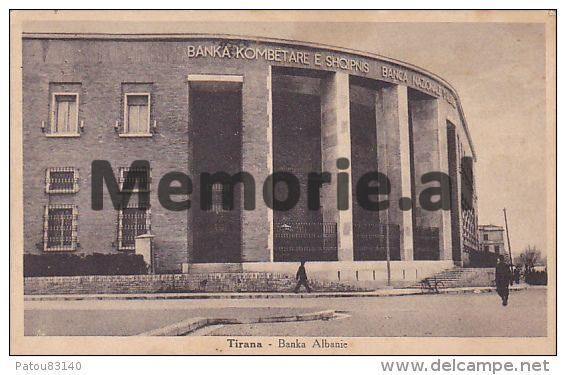

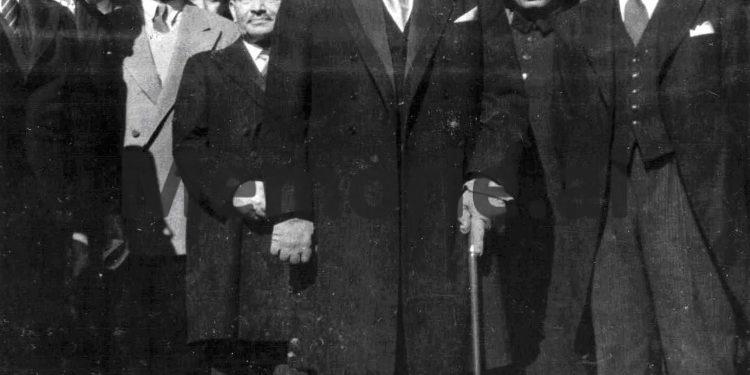
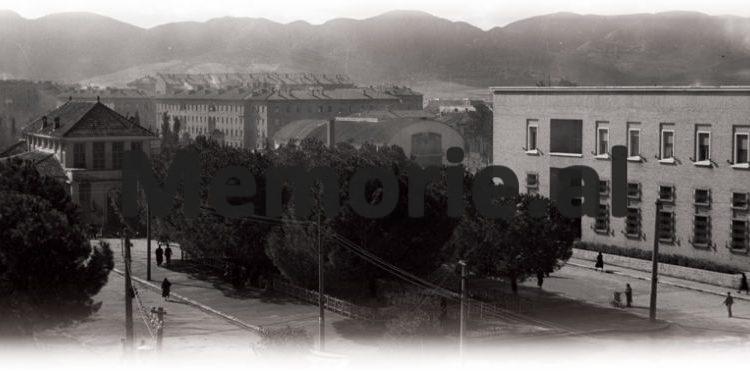
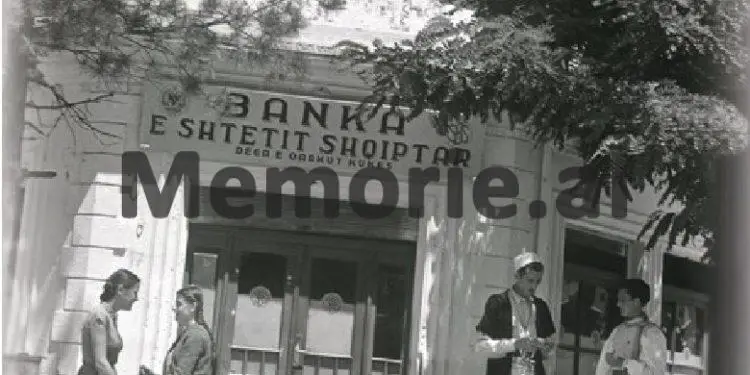
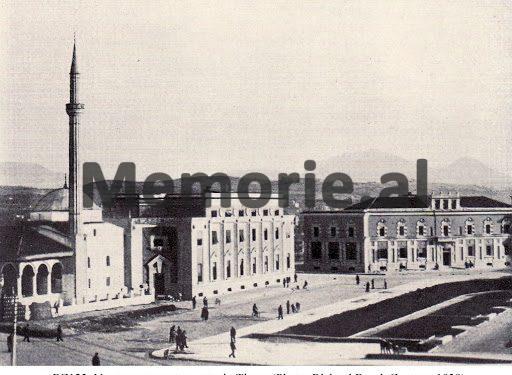
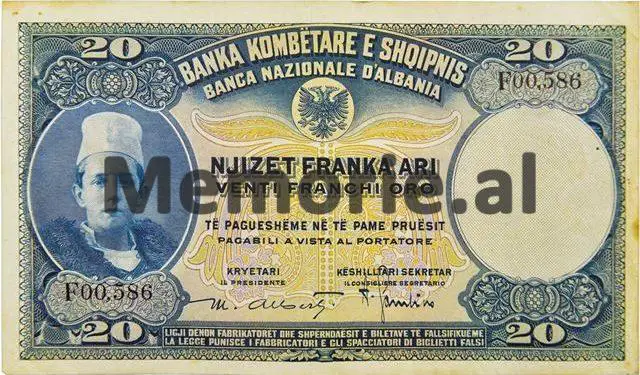
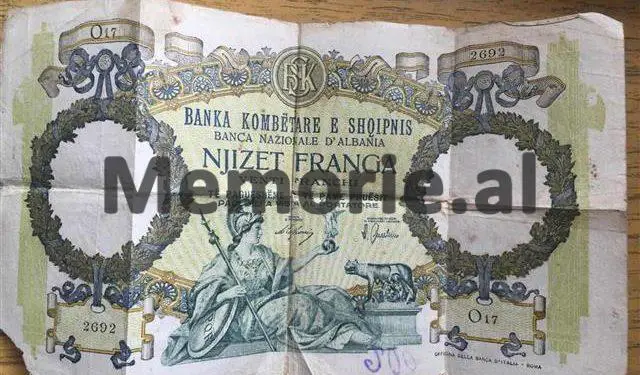
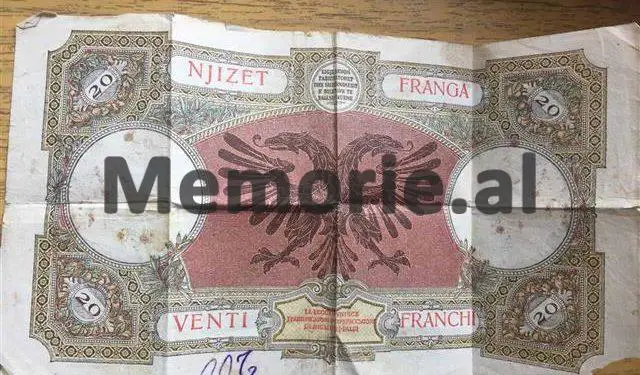

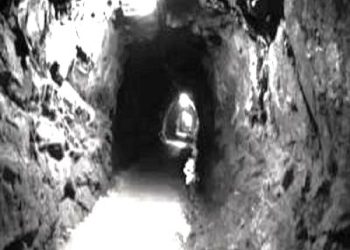
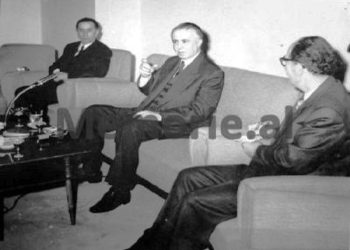
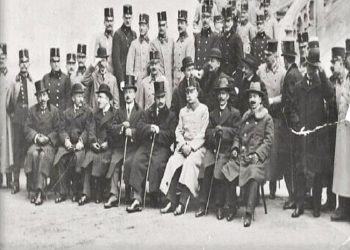
![“After Bardhi’s arrest, it was said that; in 1967, when Enver Hoxha would take part in the inauguration of the Rrogozhinë – Fier railway, he would blow up [the train]…” / The unknown story of the “terrorist” from Kavaja](https://memorie.al/wp-content/uploads/2024/05/admin-ajax-16-350x250.jpg)
